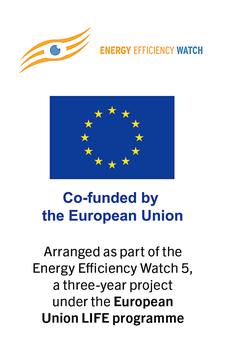Search eceee proceedings
The ZEROC project; towards zero CO2-emissions in the Norwegian and Swedish industry – process solutions including associated infrastructure
Panel: 6. Deep decarbonisation of industry
Authors:
Jan Kjärstad, Chalmers University of Technology, Sweden
Sebastian Karlsson, Chalmers University of Technology, Sweden
Johan Rootzén, University of Gothenburg, Sweden
Fredrik Normann, Chalmers University of Technology, Sweden
Filip Johnsson, Chalmers University of Technology, Sweden
Ragnhild Skagestad, Sintef Industry, Norway
Hans Aksel Haugen, Sintef Industry, Norway
Abstract
To be aligned with the Norwegian and the Swedish climate targets most industry facilities will have to be carbon neutral by 2045. This paper presents the ZEROC project which analyses how the industry in Sweden and Southern Norway can achieve deep reductions in CO2-emissions by 2045. The energy intensive industry has three main options for large reduction of CO2-emissions, each of which may have its own inherent risks and challenges, namely; fuel/feed switch to biomass, electrification including renewable production of hydrogen, and CCUS/BECCS. The ZEROC project analyses relevant process solutions including associated support infrastructure (transport and storage infrastructure for CO2, biomass, hydrogen and electricity) to calculate Marginal Abatement Cost Curves (MACC) and – applying the MACC – to develop a Roadmap including timelines for a carbon neutral industry by 2045
The ZEROC project includes all industries in the region that emit at least 100 ktonnes fossil and/or biogenic CO2 annually which comprises 96 sites in Sweden and 15 sites in Southern Norway. Combined emissions from the Swedish facilities are around 17 Mt fossil-fuel based CO2 and 33 Mt biogenic CO2, while corresponding figures for the Norwegian facilities are around 3.8 and 0.7 Mt, respectively. Eleven out of the fourteen plants that emit at least 1 million tonne CO2 in Sweden are pulp and paper plants with mainly biogenic emissions. After an initial assessment it can be concluded that there are significant differences with respect to how far the industries included in the study have come in their own strategy work on how to reduce CO2 emissions. Examples of industries with relatively elaborated plans includes four industries preparing for CCS (2 in Norway and 2 in Sweden) and one consortium investigating hydrogen-based iron and steel production.
A first assessment of the possibilities and challenges for the industries covered by the ZEROC project is presented.
Downloads
Download this presentation as pdf: 6-095-20_Kjarstad_pre.pdf














